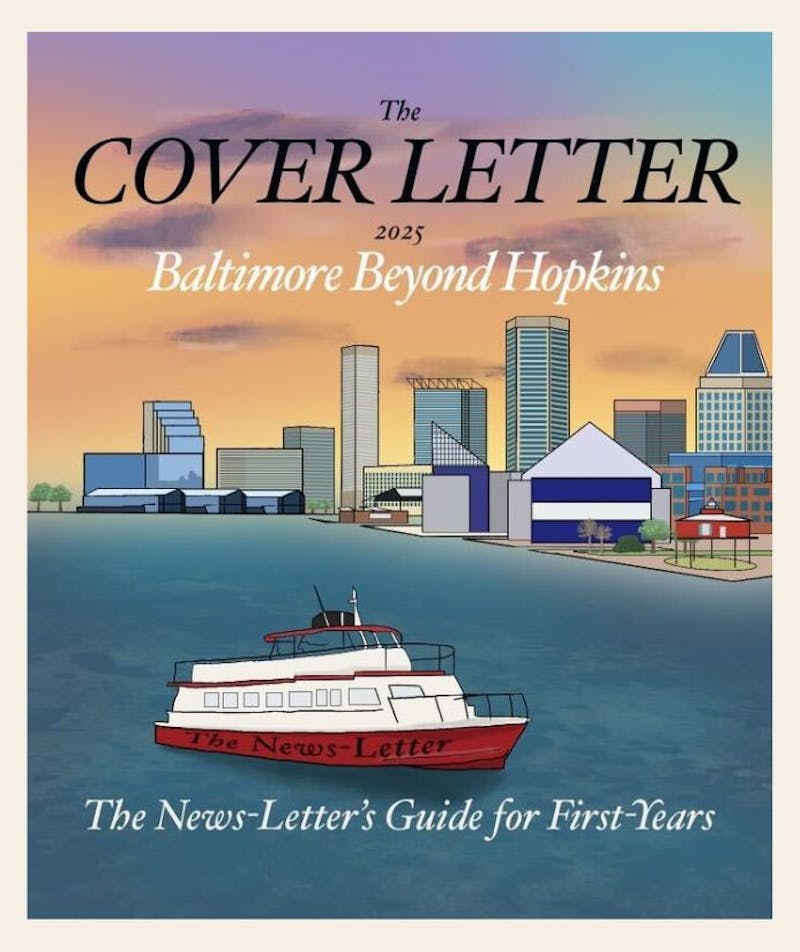The University has grown drastically more selective in recent years, its acceptance rate shrinking from 35 percent in 2005 to just 24 percent this year.
The class of 2011 was chosen from a pool of 14,842 applicants, which was, according to John Latting, director of Undergraduate Admissions, "stronger than it has ever been." In 2002, admissions officers chose the freshman class from a pool of just 8,929 applicants.
Over the past five years, Hopkins' applicant pool has been steadily increasing. Last year's class had a record 25-percent increase in applicants that marked the fifth year of consecutive record growth. This year's applicant pool increased by another 7 percent.
Of the applicant pool, 3,591 students, comprising 24 percent of all the applicants, were admitted to the university. This percentage is also down from last year, when 27 percent of applicants were admitted, and from the year before, when 35 percent were admitted.
This years' accepted pool includes students from every U.S. state, as well as from 57 different countries around the world. In fact, 263 of this year's accepted students are currently living in locations outside the United States.
Latting noted that 11 of this year's accepted students applied from China, and five from India, something he believes reflects the changing economies of these nations. "There's more affluence, more mobility," he said, noting that the students accepted from these countries applied without requesting financial aid, understanding and accepting the cost of a university education in America.
Latting believes that students in countries like China and India are increasingly aware of the fact that America has the best universities in the world. "I agree with that," he said.
When considering the applicant pool, admissions officers use standard measures such as class rank, the rigor of students' coursework, GPA and SATs, as well as more subjective qualifying measures. Latting noted, however, that such standardized measures of aptitude contained, this year, stronger numbers than ever before. Of this year's accepted pool, he said, "We had more to choose from."
This year's accepted pool is composed of 48 percent women and 52 percent men. Traditionally, Hopkins' student population has had a gender imbalance -- 10 years ago, Latting says, an incoming freshman class would contain only 40 percent women. Over the past few years, however, the gender gap has closed, and the 48/52 divide has remained steady over the past few years.
This year's accepted pool also contained record numbers of minority students, including African Americans, Hispanics and Native Americans.
The three states with the highest numbers of accepted students this year were New York, California and Maryland, something Latting says is simply a reflection of the number of applicants from those locations. "The admission rate doesn't vary by geography," he said, adding that geographic location is never a priority when it comes to assessing prospective students. He also stressed the overall diversity of the applicant pool.
California is the fastest growing application area, but Hopkins has seen increases in application numbers from Texas, Florida, Colorado and Arizona as well.
Lattting admits that many of the school's accepted students come from the northeast -- after New York, California, and Maryland, New Jersey contains the fourth-largest group of accepted students. Latting attributes this in part to the fact that the northeast is an extremely populous area, but also believes that the further a location is from Baltimore, the more stereotypes about JHU predominate, something that can discourage students from applying.
Hopkins is trying, however, to convince applicants that stereotypes about the school -- especially the common assumption that it's only for pre-med students -- are not real indicators of the kind of experience students can have at Hopkins.
The admissions office does have the job of selecting students once they've applied, but, Latting says, their job is also to recruit students who might not otherwise consider it as an option.
Among the applications they receive, Latting says admissions officers are always on the lookout for applications that demonstrate focused interests, especially in subjects such as English and other humanities programs.
"It's important that [those students] are a part of the university," he said, pointing out that encouraging increased interest in these programs is a priority.
This year's accepted students expressed interest in expected majors such as biomedical engineering and biology, but over 100 students in the accepted pool expressed an interest in majoring in English, and almost as many were interested in majoring in history. Majors such as economics, international relations, political science, chemical engineering and mechanical engineering were also popular among applicants.


